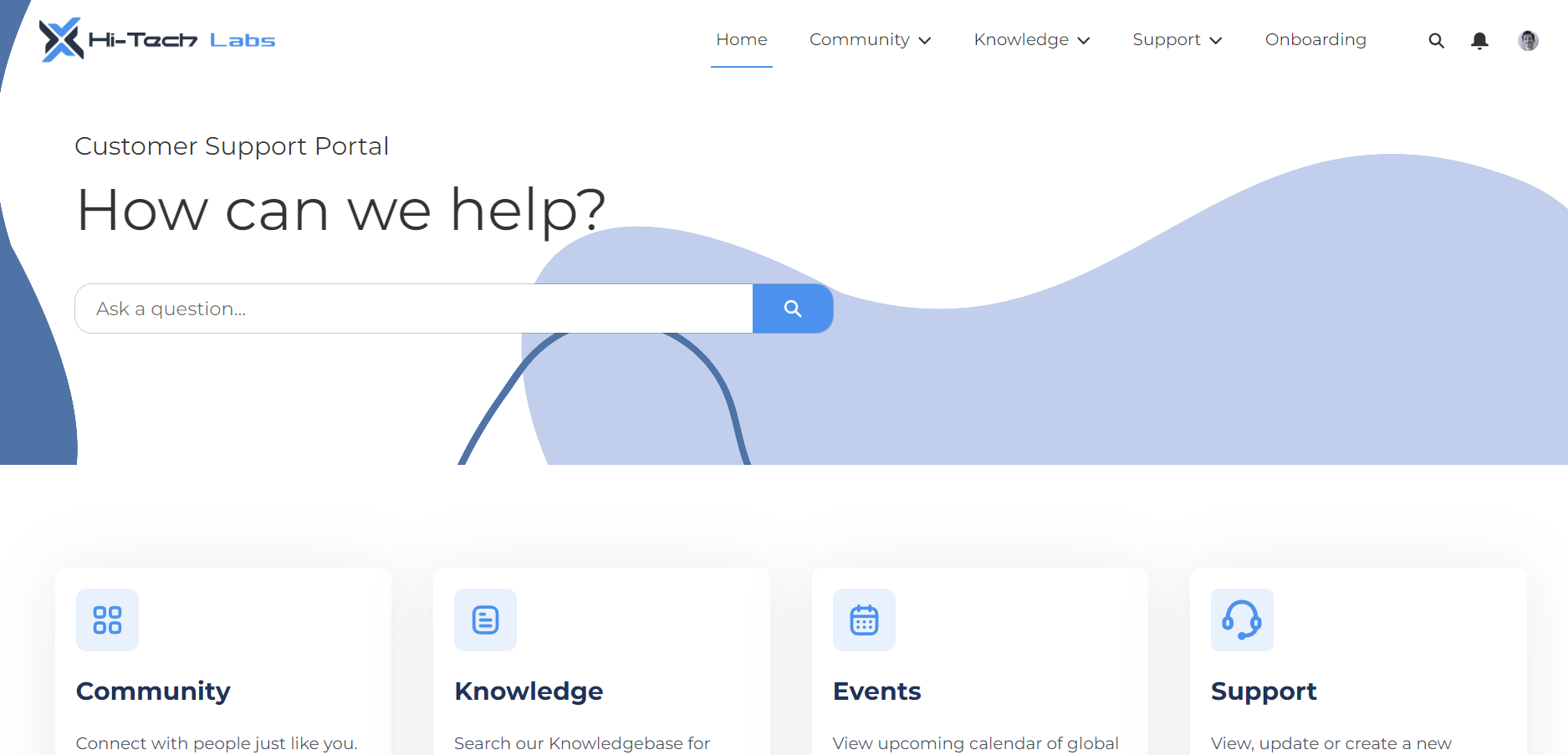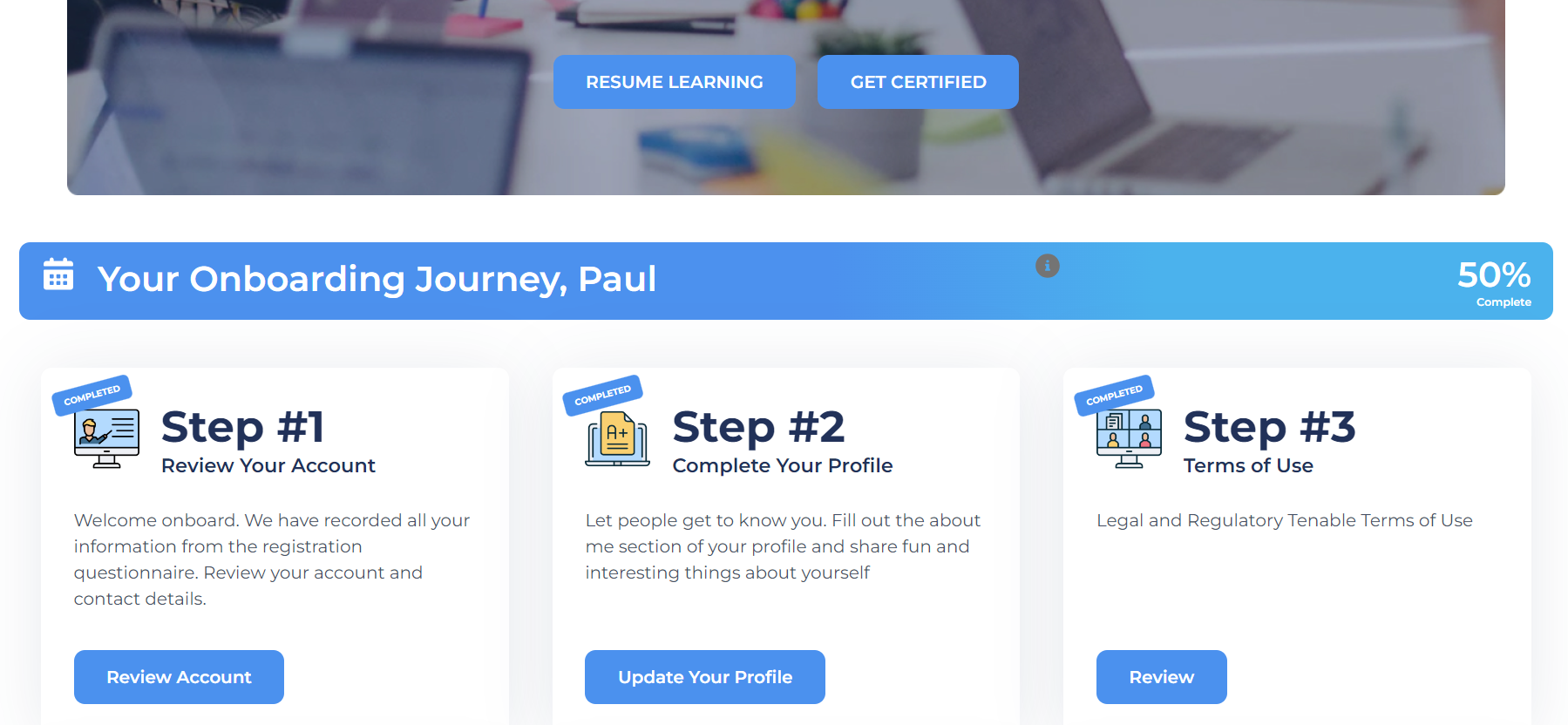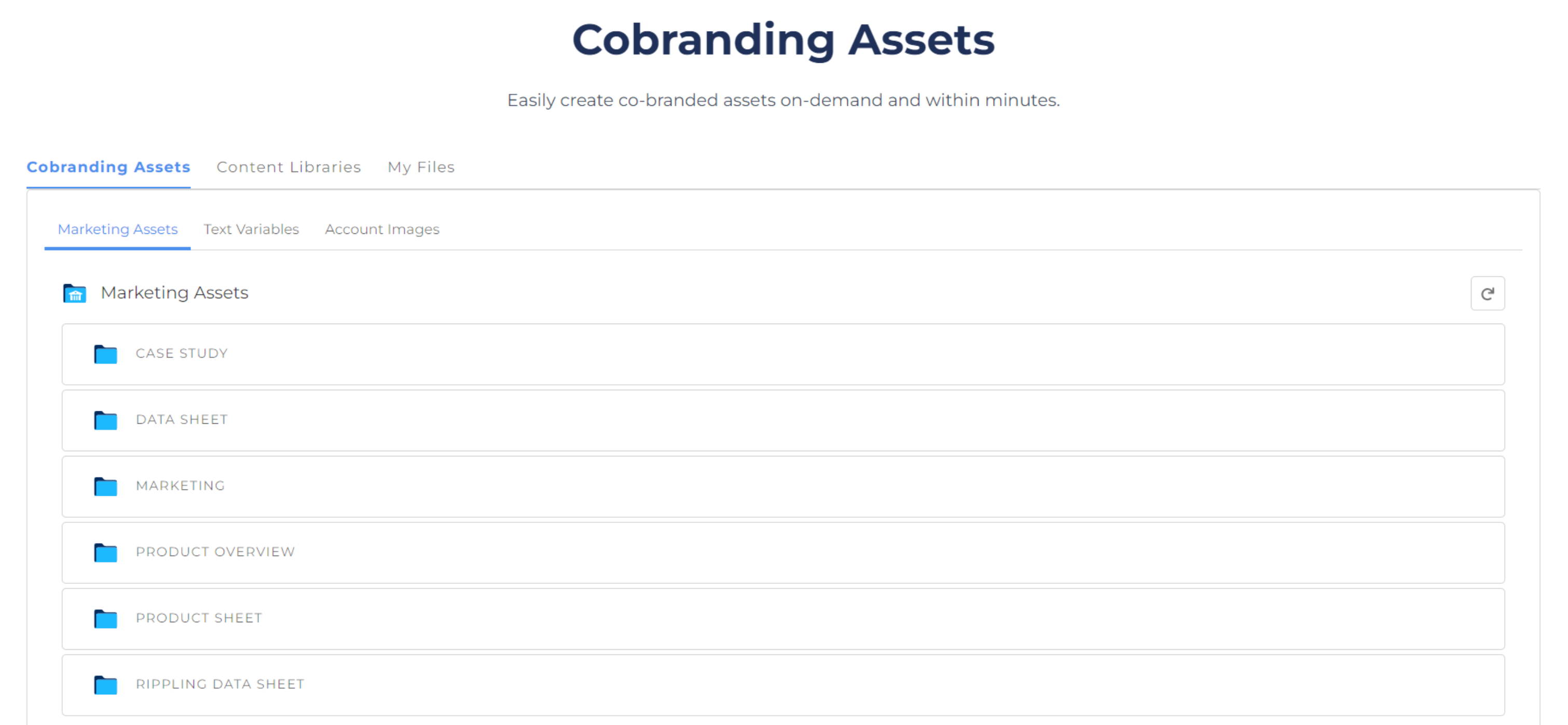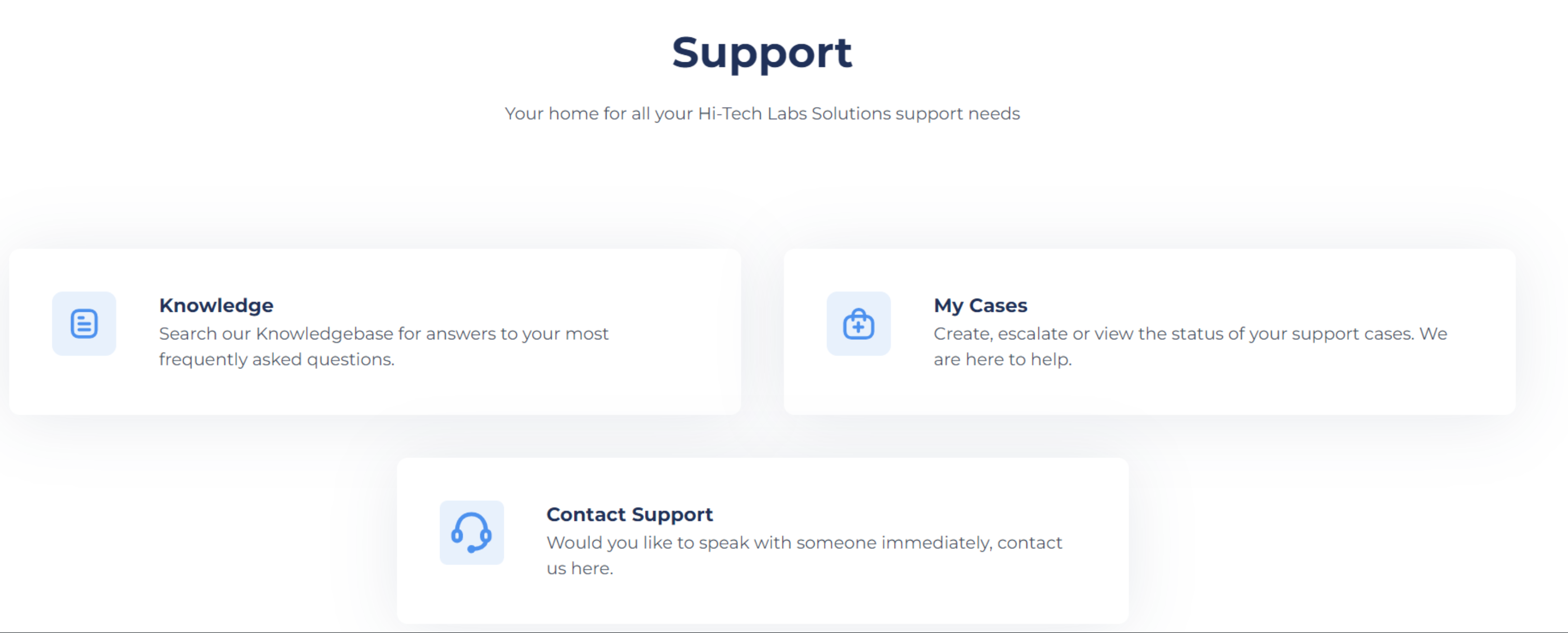Building a Winning Partner Enablement Strategy with Salesforce
The most successful companies today aren’t going to market alone—they’re winning by building powerful partner ecosystems. Organizations rely on channel partners, resellers, independent software vendors (ISVs), and managed service providers (MSPs) to reach new markets, accelerate sales, and deliver better customer experiences. But these relationships don’t thrive on their own.
To unlock their true potential, companies need a well-structured partner enablement strategy that empowers partners to sell more effectively, deliver consistent value, and remain engaged for the long term.
Salesforce, the global leader in customer relationship management (CRM), has also established itself as the leading platform for partner relationship management (PRM). With Salesforce PRM, businesses gain a powerful ecosystem designed to manage partnerships, streamline collaboration, and drive revenue growth.
At Advanced Communities, we specialize in implementing PRM solutions on Salesforce Experience Cloud and Salesforce Partner Cloud. As a top Salesforce partner in this space, we help organizations design, build, and optimize partner enablement strategies that deliver measurable impact. Whether you’re already using Salesforce for PRM, evaluating it for the first time, or considering a move from another CRM, now is the time to ensure your partner enablement process is working to its fullest potential.
Understanding Partner Enablement
Partner enablement is the process of equipping external partners with the tools, knowledge, resources, and support they need to effectively sell and service your offerings. While often compared to sales enablement, partner enablement goes beyond training internal teams. It extends your brand, value proposition, and customer experience through external organizations that must be aligned with your goals.
The distinction is critical. Sales enablement focuses on in-house employees, while partner enablement efforts ensure that external contributors—whether they are channel partners, ISVs, or MSPs—can represent your business just as effectively. Each type of partner has different needs. Channel partners often require ready-made sales and marketing materials, ISVs may need technical support and co-selling opportunities, while MSPs benefit from continuous training and customer success resources.
Channel partner enablement also ties directly to partner program design. Without clear objectives, tiers, and incentives, even the best tools can fall flat. A well-structured channel partner program ensures that enablement activities translate into improved performance, higher sales velocity, and stronger alignment with business objectives. Simply put: the more strategic your partner enablement program, the greater your ability to maximize partner contributions.
How to Build Strategic Partnerships That Actually Work

The Role of Salesforce in Partner Enablement
Salesforce PRM provides the foundation for successful partner enablement strategies by centralizing resources, streamlining communication, and ensuring consistent partner experiences. At the heart of Salesforce PRM is the partner portal, a secure and customizable hub where partners can access everything they need—from partner onboarding resources and training materials to marketing collateral and deal registration tools.

The platform includes robust partner enablement tools that simplify the entire lifecycle. Onboarding workflows guide new partners step by step, while content libraries store sales decks, playbooks, and campaign templates. Training modules ensure partners stay up to date on products or services, processes, and best practices.
Beyond training, Salesforce empowers partners with visibility into pipelines, performance dashboards, and collaboration spaces. This real-time access keeps partners informed, aligned, and ready to respond quickly to new opportunities. Features like automated notifications, co-marketing campaign tools, and deal-tracking capabilities ensure that partners don’t just receive support—they experience it continuously.
For organizations looking to elevate their partner strategy, Salesforce PRM acts as the connective tissue between internal teams and external partners. By bringing everything together in one place, Salesforce simplifies enablement and drives stronger, more productive partnerships.
Why You Need a Structured Partner Enablement Plan
Without a structured enablement framework, organizations risk losing momentum, visibility, and trust with their partner networks. The challenges are significant: partners may struggle with inconsistent information, lack of training, or minimal support—all of which lead to reduced engagement and poor customer experiences. Over time, these gaps erode revenue potential and weaken competitive positioning.
The risks of poor partner management extend beyond lost sales. They include partner churn, brand misrepresentation in the market, and strained relationships between partner and internal sales teams. A lack of dedicated partner support often results in partners prioritizing competitors who offer stronger enablement programs.
In contrast, a structured enablement strategy brings clarity and consistency. Benefits include:
- Increased sales velocity – Partners ramp faster and close deals more effectively.
- Better market positioning – Consistent messaging ensures your brand is represented accurately.
- Streamlined sales processes – Shared tools and playbooks reduce friction.
- Enhanced partner performance – Data-driven insights reveal which partners deliver the most value and where improvements are needed.
Ultimately, organizations that take a disciplined approach to partner enablement position themselves—and their partners—for sustainable growth.
Key Components of an Effective Partner Enablement Strategy
An effective partner enablement requires multiple interconnected elements that come together to create a seamless, consistent, and value-driven partner experience. It’s not just about providing training or sharing marketing collateral—it’s about building a framework that supports partners at every stage of their journey, from onboarding to long-term growth.
A well-designed strategy ensures that partners understand your value proposition, have access to the right tools and resources when they need them, and feel confident representing your brand in the marketplace. Here are these elements:
Partner Onboarding
The first impression matters. A streamlined onboarding journey sets the stage for long-term success. With Salesforce PRM, organizations can automate onboarding workflows, ensuring that partners gain access to essential resources, training, and support without delays.

Partner Training
Training equips partners with the knowledge and confidence to succeed. This includes product updates, sales methodologies, and technical certifications. Interactive modules and self-service learning paths available through Salesforce ensure training is accessible and scalable.
Sales Enablement & Marketing Support
Partners need the right tools to sell effectively. Salesforce PRM enables access to sales playbooks, competitive battle cards, and marketing campaign kits. By equipping partners with ready-to-use collateral, you reduce time-to-market and enhance their ability to position your offerings.

Partner Segmentation
Not all partners are the same. Segmenting partners by role (e.g., ISVs, MSPs), target market, or revenue contribution allows you to tailor enablement strategies for maximum impact. Salesforce analytics help identify high-value partners and prioritize resources accordingly.
Ongoing Support
Enablement doesn’t end at onboarding. Ongoing support—such as dedicated partner managers, real-time updates, and collaboration spaces—keeps partners engaged and aligned. Salesforce ensures continuous communication and visibility into performance metrics that strengthen relationships over time.

Salesforce Partner Cloud in Action: The Next Evolution in Partner Enablement
The way companies manage their partner ecosystems is evolving rapidly. Partnerships have become central to growth, and to succeed, businesses need a platform designed for today’s channel-driven world.
Enter Salesforce Partner Cloud—a new, AI-powered, all-in-one solution that transforms traditional PRM into a high-performance revenue engine. Unlike legacy systems or patchwork tools, Partner Cloud unifies the entire partner lifecycle—onboarding, co-selling, co-marketing, referral tracking, incentive management, and account planning—within the Salesforce platform. The result is a seamless, intelligent, and scalable solution that helps organizations and their partners grow faster, together.
Why Partner Cloud Matters for Enablement
- Smarter Onboarding – Partners can self-onboard through guided Experience Cloud journeys, supported by automation that eliminates manual processes and accelerates time-to-value.
- AI-Powered Insights – With Einstein AI and Agentforce, companies can score deals, predict partner performance, and deliver tailored training or resources at exactly the right time.
- Co-Selling & Account Planning – Internal teams and partners can jointly plan strategies, share pipeline visibility, and collaborate in real time through Slack integration. This ensures that everyone is aligned and working toward common goals.
- Transparent Incentives – Native integration with Spiff delivers real-time commission visibility, eliminating guesswork and motivating channel partners with accurate, instant incentive tracking.
- Referral Marketing with Accountability – Instead of simply handing off leads, Partner Cloud enables organizations to track referrals end-to-end, ensuring accountability, reward, and optimization.
The Bigger Picture
Partner Cloud isn’t just another Salesforce product—it represents a new era of partner management. Built natively on Salesforce, it integrates seamlessly with Experience Cloud, Sales Cloud, Marketing Cloud, Slack, and automation workflows, making it both powerful and familiar for existing Salesforce users. For organizations scaling partner ecosystems, this means less complexity, fewer silos, and more focus on improving partner enablement and driving channel revenue.
Measuring Success: Partner Performance and ROI
A strong partner enablement plan requires clear metrics to evaluate effectiveness. Common measurements include:
- Sales growth driven by partner contributions.
- Partner experience as reflected in satisfaction surveys.
- Customer satisfaction resulting from partner-led sales and support.
- Revenue contribution as a share of overall business performance.
Salesforce provides powerful dashboards and analytics to track these KPIs. By consolidating partner data in one system, businesses can measure the direct impact of enablement efforts, identify gaps, and optimize programs for greater ROI.
Continuous improvement is key. The most successful organizations treat enablement as an evolving process, refining training, support, and engagement strategies as partner requests change.
Best Practices for Partner Enablement with Salesforce
To maximize success with Salesforce PRM, organizations should adopt a set of best practices that streamline day-to-day partner operations and strengthen long-term collaboration and growth. These practices go beyond simply providing tools—they focus on creating a partner experience that is intuitive, consistent, and aligned with business goals.
Tailor training to partner needs
Not all partners are the same, and neither are their enablement requirements. For example, ISVs may need in-depth technical training materials, while resellers may benefit more from sales playbooks and competitive positioning guides. By segmenting channel partners and tailoring training content to their specific roles, organizations can ensure that each partner has exactly what they need to succeed. Salesforce’s learning modules make it easy to deliver customized paths at scale.
Invest in scalable content libraries
Partners need quick, reliable access to the latest information. Scattered resources or outdated documents can quickly erode confidence and slow down sales. With Salesforce PRM, businesses can centralize content in a single, searchable library—ensuring channel partners always work with the most current sales decks, product updates, and marketing materials. This saves time and ensures consistency across the partner network.
Foster collaboration
The most successful ecosystems thrive on communication between internal teams and external partners. Salesforce PRM provides collaboration tools that bring these groups together, enabling co-selling, deal registration, and campaign execution in real time. Encouraging channel partners to actively engage with internal sales teams builds trust and ensures everyone works toward the same goals.
Provide dedicated support
Even the most empowered partners need a go-to resource. Dedicated partner managers, equipped with Salesforce dashboards and insights, play a critical role in maintaining relationships, addressing issues quickly, and guiding partners through opportunities. This layer of support demonstrates commitment, which builds loyalty and keeps partners motivated.
Leverage automation
Manual processes slow everyone down. Salesforce workflows allow businesses to automate partner communications, onboarding steps, approvals, and notifications. Automation improves efficiency and ensures partners stay informed and aligned without requiring constant oversight from internal teams.
By following these best practices, organizations create a structured, scalable approach to partner enablement. This improves immediate partner performance and strengthens long-term loyalty, ensuring that channel partners remain committed advocates for your brand in the marketplace.
The Future of Partner Enablement and Salesforce
The future of channel partner enablement is being shaped by emerging technologies and evolving partner expectations. Artificial intelligence (AI) is enabling more personalized enablement, delivering tailored recommendations for training, content, and next best actions. Automation continues to streamline processes, reducing manual overhead for both partner managers and partners themselves.
At the same time, partner experience is becoming a competitive differentiator. Companies that invest in intuitive, well-supported partner programs are more likely to attract and retain top partners. Salesforce is at the forefront of this evolution, continuously enhancing its PRM capabilities to empower organizations with smarter, more engaging partner ecosystems like Salesforce Partner Cloud and Agentforce.
Looking ahead, Salesforce PRM will remain a cornerstone for businesses seeking to scale their partner strategies and achieve sustainable growth.
Wrapping Up
Building a winning partner enablement strategy is no longer optional—it’s a requirement for thriving in today’s business world. With Salesforce PRM, organizations gain the tools, visibility, and scalability needed to empower partners, accelerate revenue growth, and deliver superior customer experiences.
As one of Salesforce’s top partners for PRM implementations, Advanced Communities brings deep expertise in designing and deploying solutions tailored to your business goals. Whether you’re launching a new channel partner program or optimizing an existing one, we can help you create a partner portal that drives measurable success.
Contact us today to start building your impactful partnership strategy with Salesforce.
FAQ
What does partner enablement mean?
Partner enablement is the process of equipping your external partners—such as resellers, ISVs, and managed service providers—with the tools, resources, training, and support they need to successfully sell, market, and deliver your solutions. It goes beyond sales enablement for internal teams by extending your company’s knowledge, brand, and customer experience to your broader partner ecosystem. Effective partner enablement ensures that partners feel confident, engaged, and motivated to drive growth while maintaining consistent messaging and value delivery.
What is a partnership engagement strategy?
A partnership engagement strategy is a structured approach to building and nurturing strong, collaborative relationships with your partners. It focuses on creating meaningful interactions across the partner lifecycle—onboarding, training, co-selling, co-marketing, and ongoing support—while aligning partner goals with your business objectives. A successful engagement strategy emphasizes clear communication, tailored incentives, joint planning, and continuous support to ensure partners remain committed, productive, and loyal contributors to your ecosystem.





